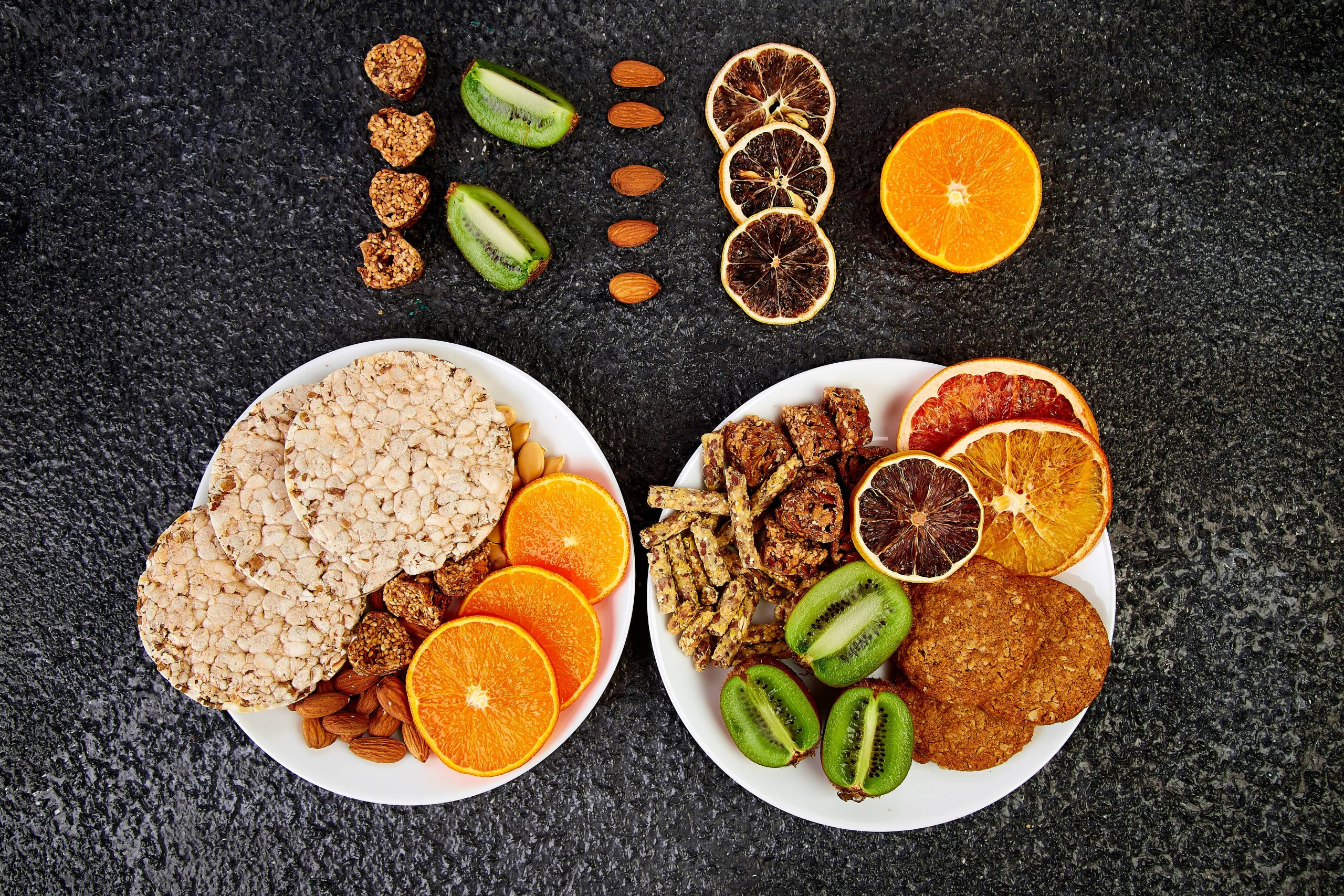
In today’s fast-paced world, where convenience often trumps health, sodium sneaks its way into our diets, far exceeding the recommended intake. High sodium consumption is linked to various health concerns, including hypertension and an increased risk of heart diseases. Yet, many people struggle with reducing their salt intake due to the fear of losing flavor in their meals. The good news is, it’s entirely possible to cut back on sodium while still enjoying flavorful dishes. Here’s how:
Understanding Sodium and Its Impact
Before diving into strategies, it’s essential to understand what sodium is and why reducing it matters. Sodium is a mineral necessary for bodily functions, such as nerve impulse transmission and muscle contraction. However, the average diet often contains sodium levels much higher than needed. The Dietary Guidelines for Americans recommend limiting sodium intake to less than 2,300 milligrams per day, but the average consumption is closer to 3,400 milligrams.
Excess sodium not only contributes to high blood pressure but also places strain on the heart, kidneys, and blood vessels. Long-term high sodium intake can lead to increased risks of heart attack, stroke, and even osteoporosis. Therefore, managing sodium intake is crucial for maintaining overall health.
1. Harness the Power of Herbs and Spices
One of the simplest ways to reduce sodium without sacrificing flavor is by turning to herbs and spices. These not only enhance flavor but are packed with antioxidants that offer numerous health benefits. Experiment with various combinations, such as:
– Basil and Garlic: Perfect for Italian dishes or homemade tomato sauces.
– Cumin and Coriander: Great for adding depth to Mexican or Indian dishes.
– Ginger and Turmeric: Imparts warmth and complexity to any curry or stir-fry.
Natural herbs like rosemary, thyme, and dill can also enrich the flavor profile of your meals, making salt appear almost redundant.
2. Utilize Acidic Ingredients
Acidity can enhance and brighten flavors, reducing the need for additional salt. Ingredients such as lemon juice, vinegar, and tomatoes can make dishes more vibrant. Try squeezing fresh lemon over salads, grilled vegetables, or fish for a zesty burst. Balsamic vinegar works wonders in dressings and marinades, and tomatoes can add richness to sauces and stews.
3. Broaden Your Palate with Umami
The umami flavor profile is a savory taste that brings depth to dishes. This can be achieved by adding ingredients like mushrooms, tomatoes, or fermented foods such as miso and soy sauce (opt for low-sodium versions). Nutritional yeast, another umami source, can give a cheesy flavor to pasta, popcorn, or salads without added salt.
4. Opt for Fresh Ingredients Over Processed Ones
Processed foods are often laden with sodium, primarily because salt acts as a preservative. By cooking with fresh ingredients, you have full control over the salt added—or omitted—in your meals. Fresh vegetables, lean meats, and whole grains not only contain less sodium but also offer better nutritional content and flavor.
5. Create Your Own Broths and Stocks
Many store-bought broths and stocks contain hefty amounts of sodium. Preparing homemade versions can significantly lessen your salt intake. Use bones, vegetables, and a mixture of herbs to create flavorsome broths. These can be stored and used as bases for soups, stews, and sauces. For added convenience, freeze them in ice cube trays for perfect portion sizes.
6. Be Mindful of Condiments and Sauces
Condiments like ketchup, soy sauce, and salad dressings are often high in sodium. Seek out low-sodium versions or make your own at home. Homemade dressings can be as simple as mixing olive oil, balsamic vinegar, and a touch of honey mustard. For dipping sauces, consider using plain yogurt or sour cream as a base with fresh herbs or spices.
7. Read Nutrition Labels
Educate yourself on the sodium content of packaged foods by reading nutrition labels. Look for products labeled “low sodium,” “reduced sodium,” or “no salt added.” Compare similar products and choose the ones with lower sodium content.
8. Train Your Palate
Over time, our taste buds can adapt to less salty flavors. Gradually reduce the amount of salt you add while cooking or at the table. It may take a few weeks, but eventually, you’ll notice an increased sensitivity to flavors, allowing you to appreciate and enjoy the natural essence of foods without the need for excessive salt.
Conclusion
Lowering sodium consumption doesn’t mean that you have to compromise on the taste of your food. By exploring alternative flavorings like herbs, spices, and acidic ingredients, you can create mouth-watering dishes that don’t rely on salt to captivate your taste buds. Fresh ingredients, mindful choices, and a few kitchen experiments can make a significant difference.
A mindful approach to reducing salt can lead to healthier eating habits, contributing to better heart health while still making each meal a flavorful experience. Remember, cooking is an art, and with a little creativity, you can enjoy delicious meals without the excess sodium. Whether you’re a seasoned chef or new to the kitchen, these tips can help you embrace a healthier lifestyle, one tasty bite at a time.
